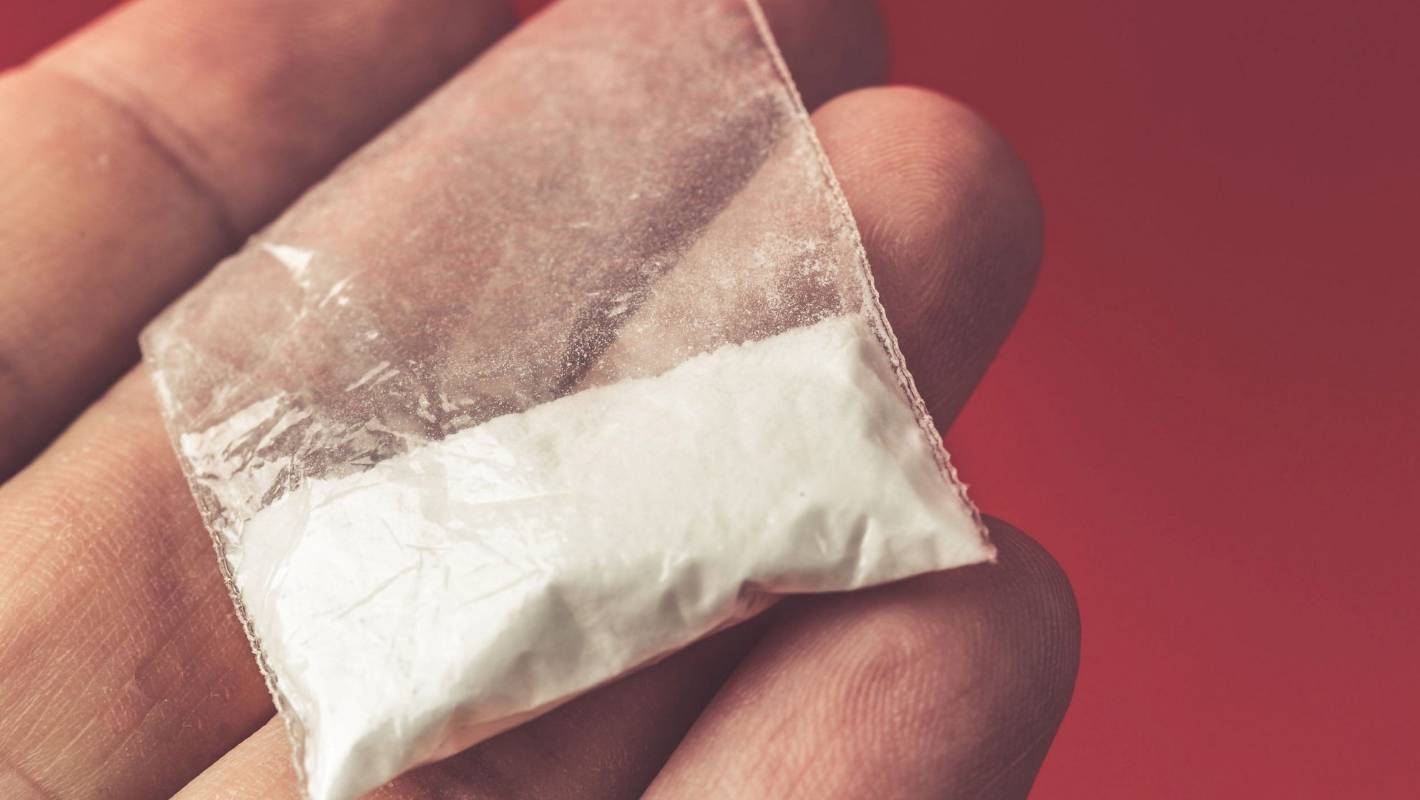
30 Apr Meth NZ’s top drug – it’s in the water
Northland is the meth capital of New Zealand, Canterbury for Ecstasy (MDMA) and Auckland for cocaine.
The rankings come from the first release of waste water testing done for the police, with results covering three months and 80 per cent of New Zealand’s population.
The water was tested for methamphetamine, cocaine, heroin, MDMA and fentanyl between November 2018 to January 2019.

123RF.COM
Methamphetamine is the most commonly detected illicit drug nationwide. (file photo)
Results show methamphetamine was the most commonly detected illicit drug nationwide, with approximately 16 kilograms estimated to be consumed on average each week.
READ MORE:
* Wastewater to be tested for meth use as drug becomes ‘bigger issue’
* Tenancy Tribunal orders tenant to pay landlord $3800 for meth contamination
* Life after meth: Man live streams recovery to help others struggling with drugs
The detected average use of methamphetamine translates to an estimated $20 million per week in social harm, police say.

JASON DORDAY/STUFF
The Mangere Waste Water Treatment Plant in Auckland is revealing the city’s drug habits.
Regional variations in drug use have also been identified with methamphetamine use shown to be most prevalent per capita in Northland, MDMA in Canterbury and cocaine in the wider Auckland region.
Police Commissioner Mike Bush said the results were only a snapshot of the bigger picture that long-term testing would achieve.
“These early results give us an idea of the potential for this type of data and, as testing continues, it will enhance our understanding of the demand and supply of illicit drugs and the associated harm caused in our communities.
“The long term results will help police and other agencies make informed decisions around drug treatment services, and initiatives to combat organised crime groups dealing in methamphetamine and other drugs.”
He expected nationwide testing over 12 months would provide a robust baseline measure of illicit drug use.
“Three months of results, however, are only an early indicator of illicit drug use levels in New Zealand and cannot yet be used to draw any firm conclusions,” he said.
The key findings show the average weekly use of the detected drugs equate to an estimated street value of $9.6m.
Police estimate approximately $500m of criminal profit annually is generated.
Methamphetamine use would equate to more than $1b spending annually, police said.
After Northland, the most prevalent per capita use for methamphetamine was in Hawke’s Bay.
MDMA – also known as ecstasy, followed meth as the most commonly detected illicit drug across the country, with an estimated consumption rate of 4kg on average each week. Southland followed the Canterbury District in the use rankings.
Cocaine was detected in low quantities nationwide, about 700g on average each week.
Police said this indicated a much smaller user base and likely reflected less demand and supply associated with the drug.
Fentanyl hardly figured, with overall consumption averaging less than 3g per week.
The apparent prevalence of fentanyl in Northland District, compared to other districts, had to be viewed with caution as detected average usage across all testing sites is extremely low, police said.
“The aim of testing for fentanyl is to establish a baseline of consumption so, over time, police and the Ministry of Health can determine any fluctuations in the consumption. A baseline for consumption remains unclear at present. As fentanyl has only been tested for very recently, it is too early to draw conclusions about what proportion of the fentanyl in wastewater is illicit.”
Heroin was not detected at any of the testing sites between November 2018 and January 2019. Police said the finding was consistent with other indicators that the opiate user population in New Zealand was very low.
[ad_2]
Source link



No Comments